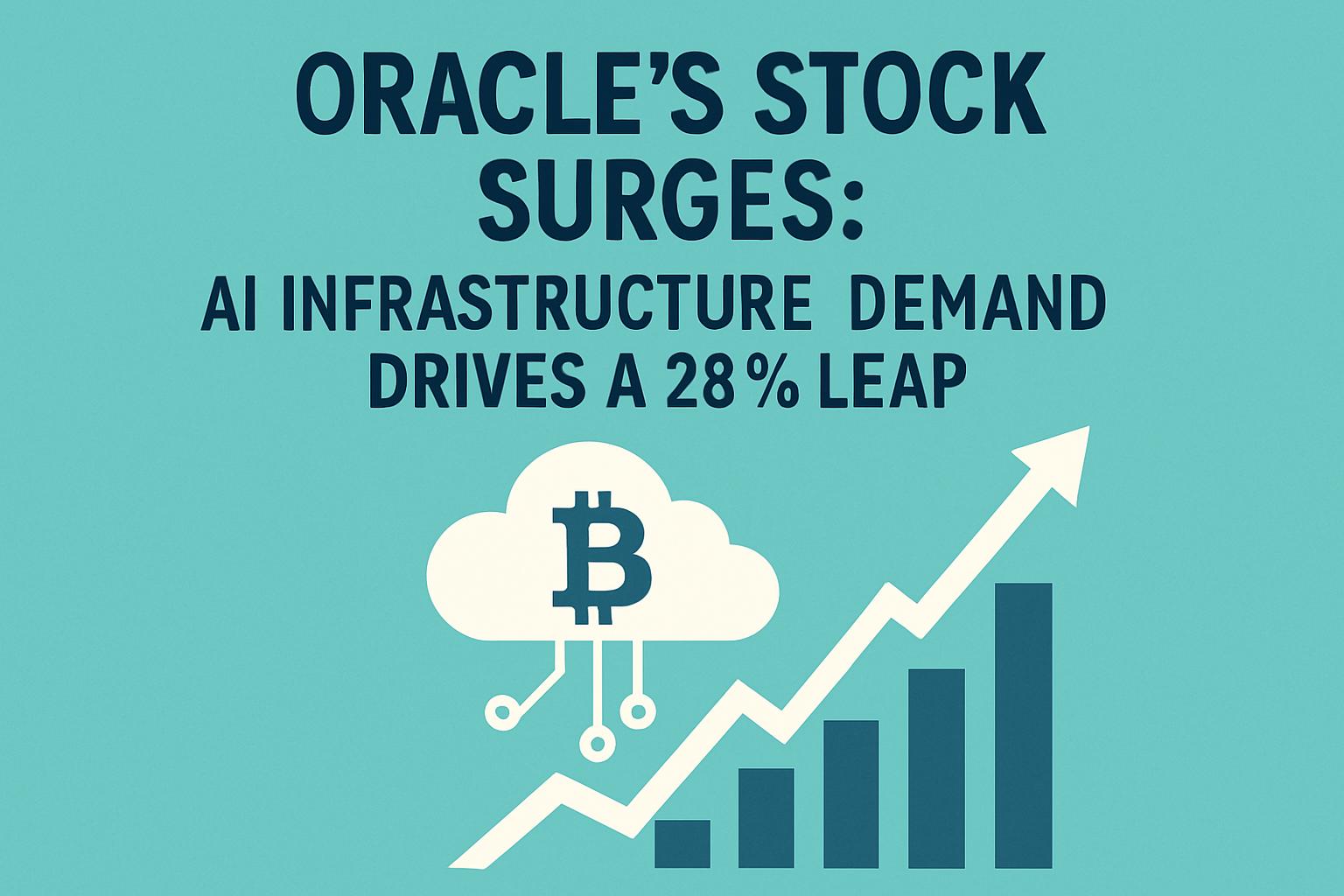Oracle, a giant in the software industry, recently experienced a significant stock price surge, climbing over 28% following the release of its latest financial reports. This jump highlights the growing demand for AI and cloud infrastructure, a trend that’s exhilarating for both investors and the broader tech economy.
AI’s Role in Oracle’s Financial Triumph
Released on September 9, Oracle’s latest financial statements reveal a remarkable over-28% rise post-market. Assuming this upward momentum continues at the next market opening, Oracle’s stock could surpass its all-time high of $260.87, previously set in late July. As of the latest update, their stock price is standing at $241.41.
From a low of $118.86 earlier this year to reaching historic heights, Oracle’s stock has surged more than 120%. This impressive growth trajectory ignites high hopes on Wall Street for AI infrastructure’s potential.
AI Clients and Cloud Revenue Explode
Oracle has aggressively positioned itself in the cloud market over recent years, securing massive contracts, like the deal with OpenAI for a vast 4,500 megawatt data center capacity—enough to power millions of U.S. homes. Other high-profile clients include NVIDIA and TikTok’s parent company, ByteDance.
These strategic relationships have lifted Oracle’s “future revenue commitments” (RPO) to a staggering $455 billion, a fourfold increase over the past year. The company anticipates signing more multibillion-dollar clients in upcoming months, potentially pushing RPOs beyond $500 billion. CEO Safra Catz emphasized that the robust RPO growth allows Oracle to substantially revise its cloud infrastructure financial plans upward.
Navigating Capital Expenditures Amid Expansive Growth
Oracle’s strategy for managing capital expenditures sets it apart. Instead of owning land and buildings, which keeps construction costs low, Oracle focuses on designing equipment optimized for its cloud services. This includes innovative technology, network integration, and storage architectures uniquely crafted for Oracle environments.
By swiftly installing this equipment as customers need it, Oracle maintains an exceptional balance between cost-effectiveness and profitability. Meanwhile, internally implementing AI technologies is another lever Oracle pulls to bolster profit margins.
Ripple Effects: NVIDIA and Asian Supply Chains Follow Suit
NVIDIA, in the aftermath of Oracle’s positive news, saw a 1.5% increase in its stock. The sentiment also rippled through Asian markets, with Japan’s Advantest gaining over 3% and South Korea’s SK Hynix rising by 5.2%.
However, concerns linger about Oracle’s cloud business’s long-term profitability, given the high costs of data center construction. Wall Street anticipates Oracle’s free cash flow could be negative for a second consecutive year. Nevertheless, Catz clarified that capital expenditures will reach about $35 billion this year, far above the $26 billion market estimate. Integrating more AI solutions is expected to drive revenue, though recent workforce reductions also aim to trim costs.
Oracle’s impressive stock surge underscores its strategic edge in the AI and cloud infrastructure game, highlighting a potent mix of future growth potential and challenges that demand astute management.

![[News] Bitcoin at a Turning Point? 10x Research Signals a Bullish Macro Shift Ahead](https://cryptoexplores.com/wp-content/uploads/2025/06/new20250616.jpg)
![[News] Binance Lists $HOME, the Gas-Free, Bridge-Free All-in-One DeFi App](https://cryptoexplores.com/wp-content/uploads/2025/06/news20250617.jpg)